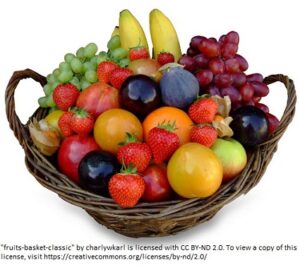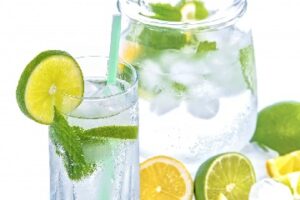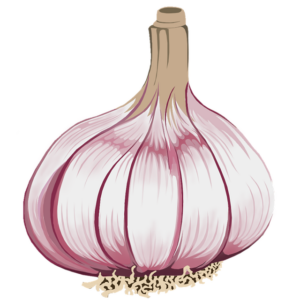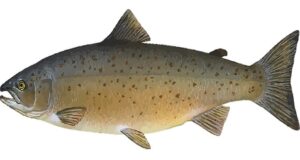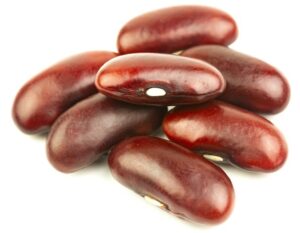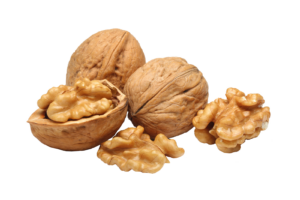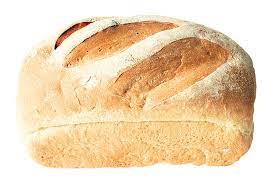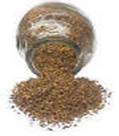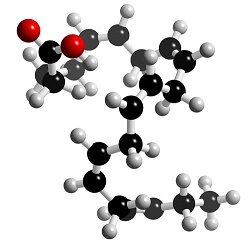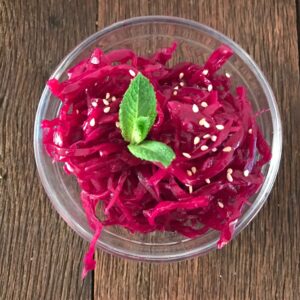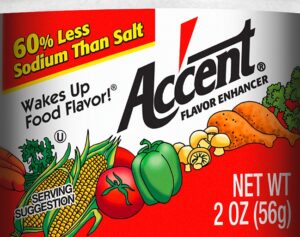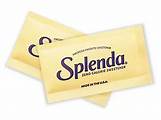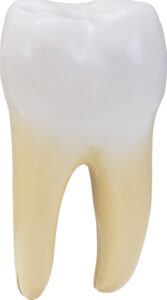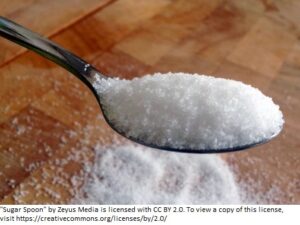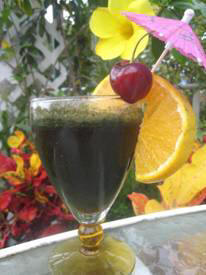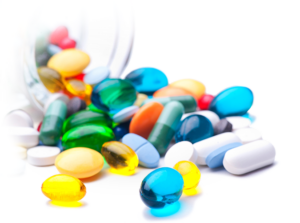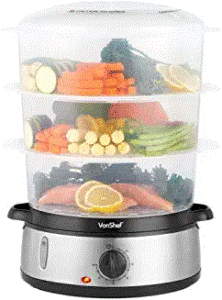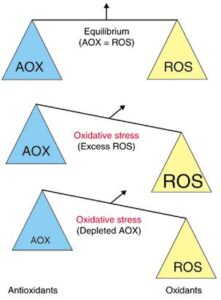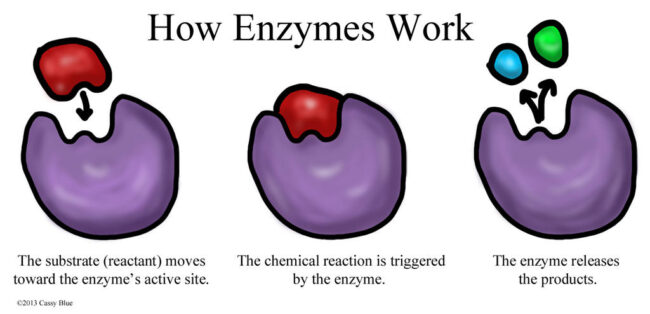
Boost body's protease enzymes
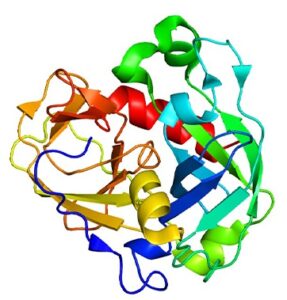
Why are protease enzymes important for your health?
When available, the body uses proteases (catalyze splitting of proteins) to alleviate blood clots, cancer, scars, fibrosis, CVD, arthritis, detoxification, pain – and more.
Food enzymes are preferred to enzyme supplementation
Unless you need to boost digestive enzymes during a meal or you need a particularly high dose off systemic / proteolytic enzymes for therapeutic reasons:
Protease enzyme supplementation
General tactics to improve enzyme levels
Reduce caloric intake. Lowers the body’s demand for digestive enzymes, at the same time as reducing body’s digestive energy consumption, which typically uses 80% of your body’s available energy; extra energy is then available for making metabolic enzymes
Chew food thoroughly
DON’T CHEW GUM!
- Stimulates saliva production and increases enzyme action in the mouth
- Alerts pancreas and other digestive organs to anticipate incoming food
- Chewing gum wastes enzymes and stimulates hydrochloric acid production in the stomach for food that never arrives
Confine protein intake to breakfast and lunch. This uses the pancreatic enzymes for only 6 hours, leaving 18 hours for metabolic use of protease enzymes, such as digesting fibrin coats on cancer cells
Consume foods with high proteolytic enzyme content
SPROUTS / RAW FOODS / ACV
Sprouts and germinated nuts, seeds, grains, legumes provide the highest enzyme source. Soaking them for germination also makes these “seeds”more digestible.
Raw foods are good sources of enzymes
Vegetable juicing part of the CANCER TREATMENT CORE. Enzymes are denatured at temperatures > 116 â°F and even a Vitamix left running too long or some centrifugal juicers can cause contents to reach such temperature
Apple Cider Vinegar in water
Other enzyme-rich foods:
- Papaya, pineapple, ginger, mango, kiwi, and grapes
- Avocado
- Raw honey (enzymes from bee’s saliva)
- Bee pollen
- Extra virgin olive oil and coconut oil
- Raw meat and dairy
- Natto
BROMELAIN IN PINEAPPLE
“Bromelain works much the same way as these new “miracle” clot-busting drugs, by stimulating the conversion of plasminogen to plasmin, which in turn helps break down the fibrin clot.”
Dr. David Williams
Pineapples have high bromelain content. It is found in the stems (highest concentration) of pineapples, fruit, and freshly-squeezed juice.
Additional anti-cancer properties (i.e. anti-inflammatory, fibrin-dissolver, cytokine booster). This protease also enhances the effects of the digestive enzymes trypsin and pepsin, is a natural anticoagulant and thins mucus (helpful in respiratory congestion or asthma), asreported by the WHO.
“The demasking effect of these enzymes against the pericellular layer of the malignant cell is something very concrete in the immunology of cancer. Now I prefer, rather than advising the use of bromelain or papaya tablets that the individual seeking these enzymes get them directly from the fresh ripe pineapple and papaya fruit. As much as half a pineapple a day should be ingested…You have nothing to lose by eating fresh pineapple and papaya melons.”
Dr. Krebs, Jr.
PAPAIN IN UNRIPENED PAPAYAS
The proteolytic enzyme papain is derived from unripened papayas
Papain is similar to stomach pepsin found in our bodies. It is helpful with indigestion or slow digestion, according to the University of California.
Papain is used as a meat tenderizer. An active ingredient in most tenderizers on the market.
ZINGIBAIN IN GINGER ROOT
Ginger root has a high content of the proteolytic enzyme zingibain
Zingibain helps break down dietary proteins and improve digestion. It does this by neutralizing stomach acids and promoting the production of digestive juices.
Zingibain may also improve the immune system. Thus helping to control autoimmune diseases.
PROTEASE IN GRAINS
Protease is a type of proteolytic enzyme naturally found in grains. When wheat grains GERMINATE, protease activity increases fifteen-fold.
Wheat seeds contain other proteolytic enzymes. E.g. endopeptidases, aminopeptidases and carboxypeptidases often removed by processing.
The Complete Book of Enzyme Therapy,” by Dr. Anthony J. Cichoke
NATTOKINASE IN FERMENTED SOY (ESPECIALLY “NATTO”)
The Japanese fermented food “natto” is a rich source of the enzyme nattokinase
Nattokinase dissolves clots and fibrin deposits in various parts of the body. Useful for many problems associated with fibrin and impaired circulation E.g. hyper-coagulation of the blood, circulatory problems, angina, heart attacks, strokes, senility, fibromyalgia, chronic fatigue syndrome, multiple sclerosis, and on. The Japanese people eat an average of 4.5 pounds (2.2 kg) of natto annually.
Dr. David Williams Alternatives newsletter November 2002.
Systemic / proteolytic enzyme therapy
Proteolytic enzmes (proteases) catalyze the splitting of proteins
The major protease enzymes involved in proteolytic therapy
- Pancreatin (contains amylase, lipase and trypsin)
- Trypsin (separate from pancreatin)
- Chymotrypsin (produced in the body)
- Bromelain (from the stems of pineapples)
- Papain (derived from unripe papayas)
- Nattokinase ( from Natto cheese)
- Serrapeptase (from the silk worm, also plant-sourced) or its improved alternative Seaprose S (derived from Aspergillus melleus)
Nattokinase
Provides optimal clotting ability in the blood. Rivalling pharmaceutical drugs, such as warfarin, but without any of the side effects. Those already on blood thinners need to consult their doctor before using nattokinase supplements.
Sumi H et al.
Seaprose S (improved alternative to serrapeptase)
This anti-inflammatory is a viable alternative to salicylates, ibuprofen and other NSAIDS
Seaprose S is an improved alternative to serrapeptase. A specialized (serine-proteinase) proteolytic enzyme derived from Aspergillus melleus, having the ability to:
- Reduce painful inflammation
- Break up mucus. An OTC cold remedy in Japan
- Relieve respiratory infections. E.g, bronchitis, pulmonary tuberculosis, pulmonary emphysema, bronchiolitis and bronchial asthma
- Possible antibacterial
Manufactured in Japan and has consistently high quality
Causes virtually no intestinal distress and is not affected by stomach acid. i.e. it does not require enteric coating. Studies have shown it is more effective than serrapeptase -85 % vs. 65 %. Bracale G, Selvetella L. Clinical study of the efficacy of and tolerance to seaprose S in inflammatory venous disease. Minerva Cardioangiol 1996;44(10):515-524
In vivo studies show Seaprose S may help alleviate pain, swelling and inflammation
- Seaprose-S demonstrated potent anti-inflammatory activity, inhibiting edema, and potent bradykinin (a chemical mediator of inflammation) decomposition activity – demonstrated an ability to reduce painful inflammation and break up mucus.
Braga PC, Rampoldi C et al “In vitro rheological assessment of mucolytic activity induced by seaprose” Pharmacol Res 1990;22(5):611-617
- Patients who took Seaprose-S showed significant improvements in bronchial inflammation and in the viscosity of the mucus (the liquid’s rate of resistance to flow). Of 20 patients assessed with chronic bronchitis, half took Seaprose, half took a placebo; the researchers assessed the effects by analysing each patient’s bronchial mucus.
Braga PC, Moretti M et al “Effects of seaprose on the rheology of bronchial mucus in patients with chronic bronchitis” Int J Clin Pharmacol Res 1993;13(3):179-185
- Seaprose-S demonstrated anti-inflammatory activity against many different inflammatory conditions. Including arthritis, edema, pleurisy (inflammation of the lung lining), and peritonitis (inflammation of the lining of the abdomen).
Fossati A “Antiinflammatory effects of seaprose-S on various inflammation models” Drug Exp Clin Res 1999;25(6):263-270
- Seaprose-S significantly reduced the pain, edema, cramping, and skin redness associated with inflammation of the vein (thrombophlebitis, associated with blood clot formation)
Bracale G, Selvetella L “Clinical study of the efficacy of and tolerance to seaprose S in inflammatory venous disease” Minerva Cardioangiol 1996;44(10):515-524
Seaprose-S / serrapeptase may be TOO STRONG an enzyme for treating cancer cells. Weaker enzymes don’t actually kill cancer cells, they just help the immune system macrophages identify, engulf, and destroy cancer cells. Stronger enzymes such as serratiopeptidase would break up so many cancer cells that the field-clearing benefits of weaker enzymes would be canceled out.
After a cancer patient is in remission, then serratiopeptidase can help remove scar tissue or can be used against unrelated inflammation or pain;
| Serrapeptase |
|---|
Silkworms secrete serrapeptase to dissolve the silk they produce. Proven to very effectively break down fibrin and reduce swelling /inflammation in a number of tissues. Mazzone A, Catalani M, Costanzo M, Drusian A, Mandoli A, Russo S, Guarini E, Vesperini G. Evaluation of Serratia peptidase in acute or chronic inflammation of otorhinolaryngology pathology: a multicentre, double-blind, randomized trial versus placebo. J Int Med Res. 1990; 18(5):379-88. Profoundly reduces pain. Due to its ability to block the release of pain-inducing amines from inflamed tissues. Mazzone A, et al. Evaluation of Serratia peptidase in acute or chronic inflammation of otorhinolaryngology pathology: a multicentre, double-blind, randomized trial versus placebo. J Int Med Res. 1990; 18(5):379-88. Used in combination with other enzymes plant-sourced serrapeptase is very successful in treating
|
How to supplement systemic / proteolytic enzymes (proteases)
Use enteric-coated enzymes. Found to survive journey through stomach
PROTEOLYTIC enzyme activity level (HUT – hemoglobin units, tyrosine basis) not weight (mg) is what counts. Beware of products listing milligrams of the enzymes. Ideally, you’re looking for 200,000 -300,000 HUT
Good SYSTEMIC enzymes:
- Naturopathic physician Dr. Michael Murray, author of “How to Prevent and Treat Cancer With Natural Medicine“, concludes that systemic enzyme therapy (e.g. against cancer, fibrosis) should have serrapeptase as a base. Since it exerts more powerful effects than chymotrypsin and trypsin.
- Other experts in the field lean towards serrapeptase, but blended with other proteases. An improved alternative for serrapeptase has recently enter the market, called Protease S (formerly Seaprose).
Enzymes need Coenzymes to activate them. Ensure sufficiency of:
- Magnesium (at least 600mg). Participates in over 300 enzyme reactions.
- Zinc (30 mg)
SYSTEMIC (mostly protease) ENZYMES MUST BE TAKEN ON AN EMPTY STOMACH. To prevent them being used for digestion; take at least 1 hour before or 1 ½- 2 hours after a meal.
Effective Doses:
- 15-80 tablets depending on problem taken in 3-5 divided doses. Since enzymes are relatively large molecules, it takes a lot of tablets to fit them in
- Cancer requires 70-80/day.
YES, AN EFFECTIVE ORAL ENZYME CANCER THERAPY REQUIRES A LOT OF ENZYMES!
This site author thinks that this is a factor which would deter many people from utilizing this therapy
For the purpose of killing cancer cells, it is emphasized that proteolytic enzyme supplements must be taken on an EMPTY stomach – to allow them to make it to the bloodstream and not to be used up digesting proteins.
- Acute problem (E.g. injury, preferable to aspirin). 30 to 50 tablets /day;tapering down to 15 to 20 tablets /day
- Disease prevention / Immune system boost. 5 tablets/day
Well tolerated without side-effects
- Except rarely those with protein allergies. Such may not be able to tolerate enzyme therapy
Discontinue enzyme therapy 24 hours before anticipated surgery involving blood loss



